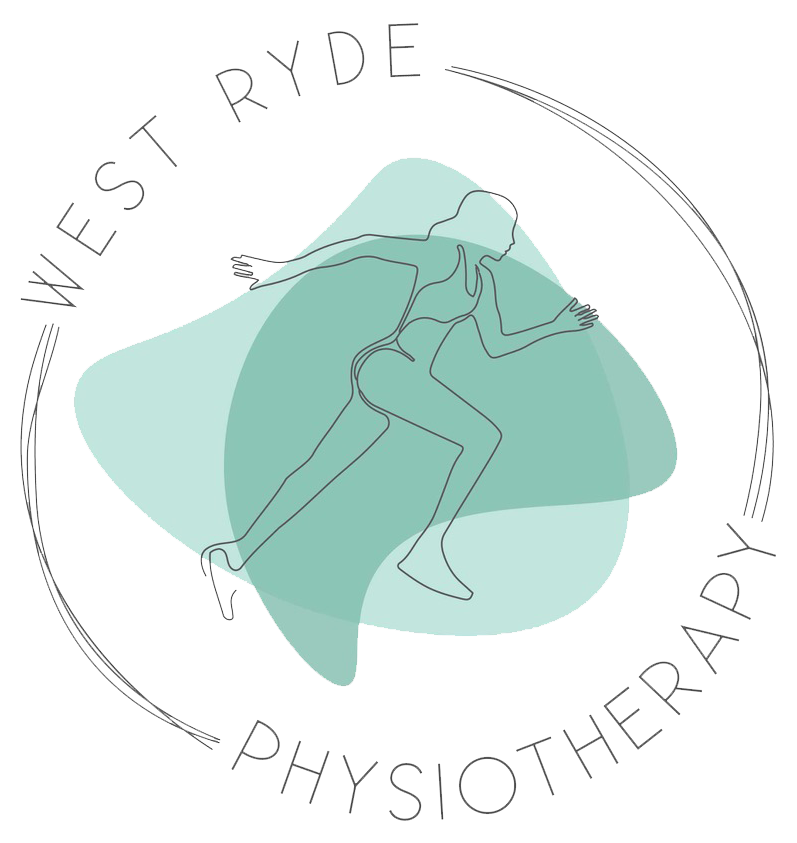Overactive pelvic floor?
Overactive pelvic floor
Three simple tips to help your overactive pelvic muscles.
In the last week, I have seen 3 patients who have been suffering from pelvic floor dysfunctions silently and changing their lifestyle dramatically as a result.
One in three women develop urinary incontinence after having a baby.
This can be a significant cause of change in lifestyle and a decrease in exercise for many of these women.
I have recently seen a few mums who have developed urinary incontinence after having a baby. Some of the time, it is because their pelvic floor muscles are not only weak, but they are contracting their pelvic floor constantly, to hold on and prevent accidents. Often though, the tired and tense pelvic muscles can’t sustain that pressure when exercising or coughing and urinary leakage happens.
Overactive pelvic floor muscles are underdiagnosed and can cause urinary incontinence, urinary urgency, chronic constipation and pelvic and sexual pain.
As muscles in the pelvic area are voluntary muscles, they can be retrained and restore their coordination and function adequately.
How do you know if you have an overactive pelvic floor?
- You have urinary urgency
- You have pain with intimacy
- You have constipation even if you have a good diet and drink a lot of fluids
Below I will give an example of 3 simple things to do if you have overactive pelvic floor muscles.
1. Breathe: Diaphragmatic breathing is so simple that we may sometimes underestimate its efficacy. With breathing, your pelvic floor moves just like the diaphragm. Sit on a chair, on a rolled up towel. Take a belly breath in, hold for 2 seconds and notice your pelvic floor lengthen, breathe out slowly and keep dropping your pelvic floor.
Make it stand out
Whatever it is, the way you tell your story online can make all the difference.
2. Stretch: my favourite stretch for the pelvic muscles: the child pose: on your hands and knees, bring your hips back towards your heels. Do this stretch morning and evening and notice your pelvic floor relaxing.
3. Mindfulness. As you are going about your day, while sitting, do a body scan and notice how tense are your pelvic muscles. Imagine your pelvic floor melting on the chair, or dropping like an elevator, towards the underground.
Practice a little often. You will start seeing a change in symptoms. If your symptoms are really impacting your life, seeing a pelvic health physiotherapist can help tease out why those muscles are still holding so much tension.


